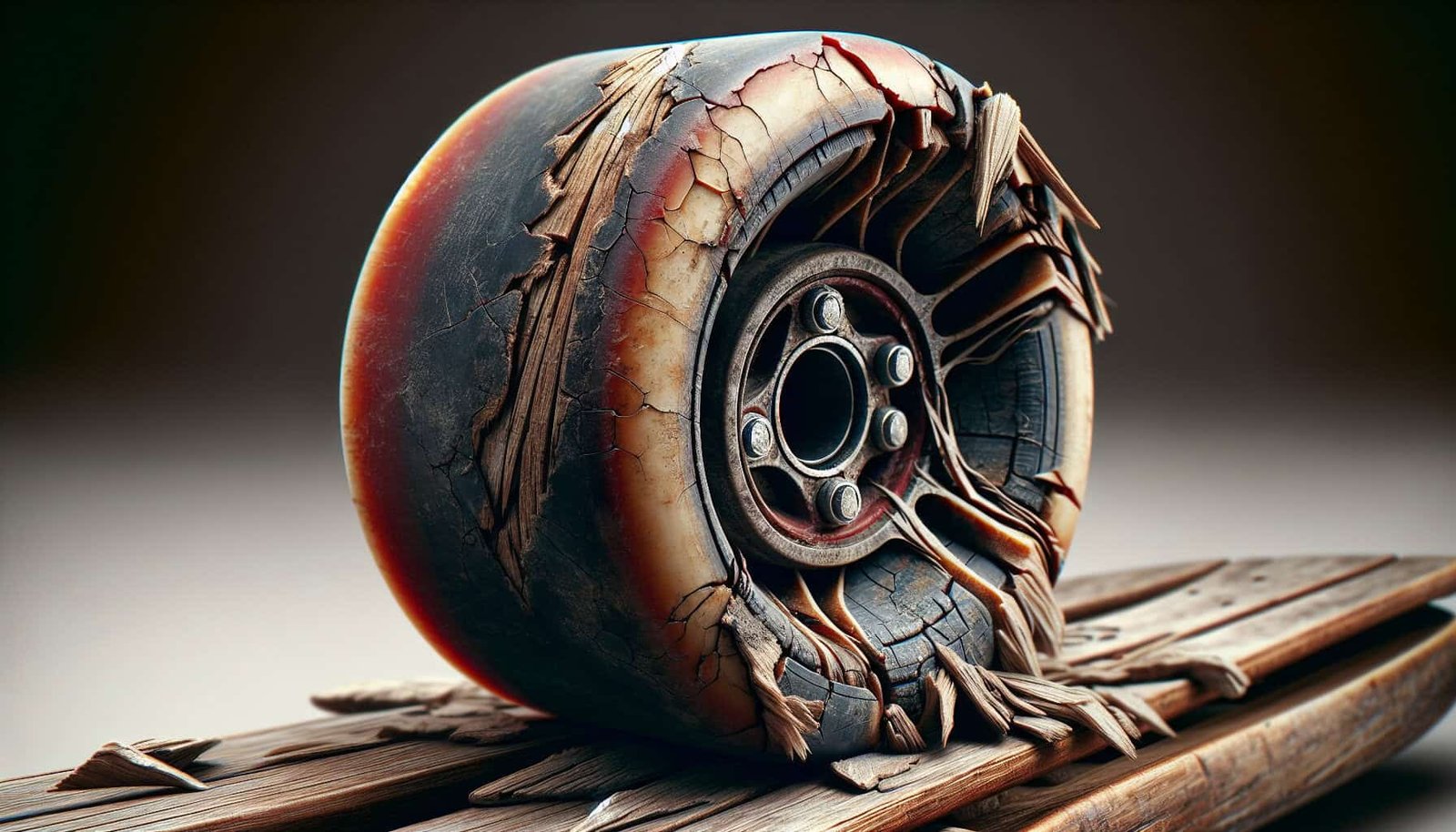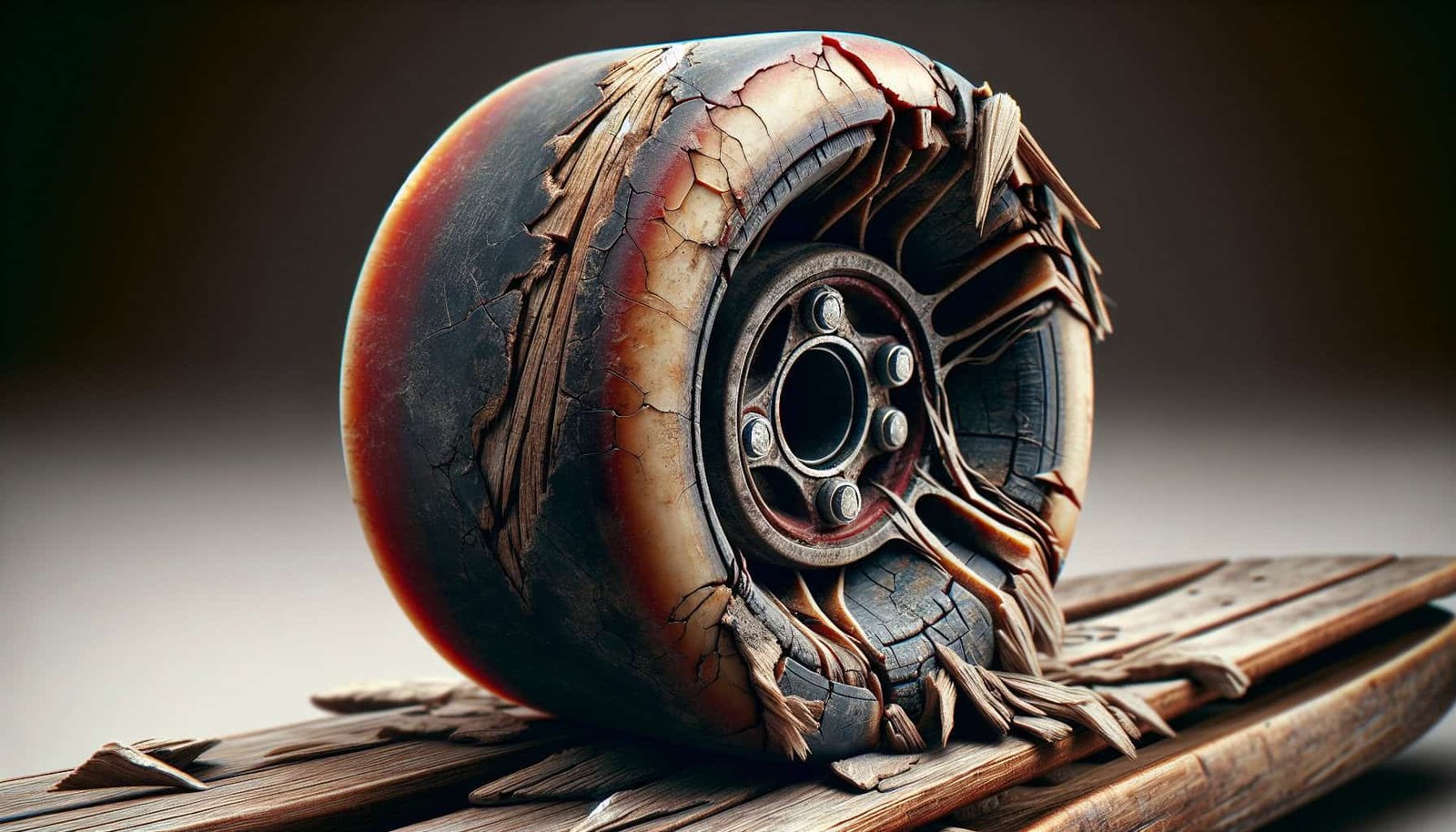Have you ever wondered how to tell when it’s time to replace your skateboard wheels? Well, fret no more because we’ve got the answers you’re looking for. As a skateboarder, you depend on your wheels for a smooth and enjoyable ride. But over time, they can wear down, lose their grip, and affect your performance. In this article, we’ll explore some telltale signs that indicate it’s time to swap out your old wheels for a fresh set. So, grab your board, and let’s dive into the world of skateboard wheel maintenance!
Signs that indicate it’s time to replace skateboard wheels
Skateboard wheels play a crucial role in ensuring a smooth and enjoyable ride. Over time, wear and tear can affect their performance and safety. Here are some signs that indicate it’s time to replace your skateboard wheels:
1. Decreased grip and traction
One of the first signs of worn-out skateboard wheels is a decrease in grip and traction. You may notice that your wheels struggle to grip the surface, especially during turns or tricks. This can result in a loss of control and increase the risk of accidents.
2. Uneven wear
Inspect your skateboard wheels regularly for signs of uneven wear. If you notice that some parts of the wheels have worn down more than others, it’s a clear indication that they need to be replaced. Uneven wear can affect the stability of your ride and make it difficult to execute tricks with precision.
3. Chunking or peeling
Chunking or peeling refers to the breaking or peeling of the outer layer of the skateboard wheels. This can happen due to frequent use or riding on rough surfaces. When you notice chunking or peeling, it’s time to replace your wheels as they can no longer provide the necessary support and grip.
4. Flat spots
Flat spots occur when a small portion of the wheel loses its round shape and becomes flat instead. This can happen when you slide or brake forcefully. Flat spots can lead to an unpleasant ride as they cause excessive vibration and create an uneven surface for your skateboard.
5. Excessive vibration
While some vibration is expected when skateboarding, excessive vibration can indicate that your wheels are worn out. If you feel an increase in vibration during your rides, it’s a sign that your wheels have reached the end of their lifespan. This can affect your comfort and control on the board.
6. Reduced speed and performance
As skateboard wheels wear down, they lose their ability to provide a smooth and fast ride. If you notice a significant decrease in your speed and overall performance, it’s likely that your wheels need to be replaced. Old and worn-out wheels can hinder your progress and limit your potential.
Factors affecting skateboard wheel lifespan
Several factors can influence the lifespan of skateboard wheels. Understanding these factors can help you take better care of your wheels and make informed decisions about when to replace them. Here are the main factors to consider:
1. Material composition
The material composition of skateboard wheels plays a significant role in their longevity. Different materials, such as urethane or rubber, have varying levels of durability. Harder wheels tend to last longer, but they may sacrifice some grip and traction. Softer wheels provide better grip but wear down faster. Finding the right balance for your riding style and preferences is crucial.
2. Riding style
Your riding style also affects how quickly your skateboard wheels wear down. If you enjoy performing tricks that involve heavy sliding or grinding, your wheels will naturally wear out faster compared to cruising or commuting. Being aware of your riding style can help you anticipate when you will need to replace your wheels.
3. Surface conditions
The surface conditions you ride on can have a significant impact on the lifespan of your wheels. Rough surfaces, such as asphalt or concrete with cracks, can cause more wear and tear compared to smooth surfaces like skate parks or indoor skateboarding facilities. Avoiding excessively rough surfaces can help prolong the life of your wheels.
4. Maintenance and care
Proper maintenance and care can significantly extend the lifespan of your skateboard wheels. Regularly cleaning your wheels, keeping them dry, and storing your skateboard properly can prevent premature wear. Additionally, lubricating the bearings and rotating your wheels regularly can help distribute the wear more evenly and prolong their overall lifespan.
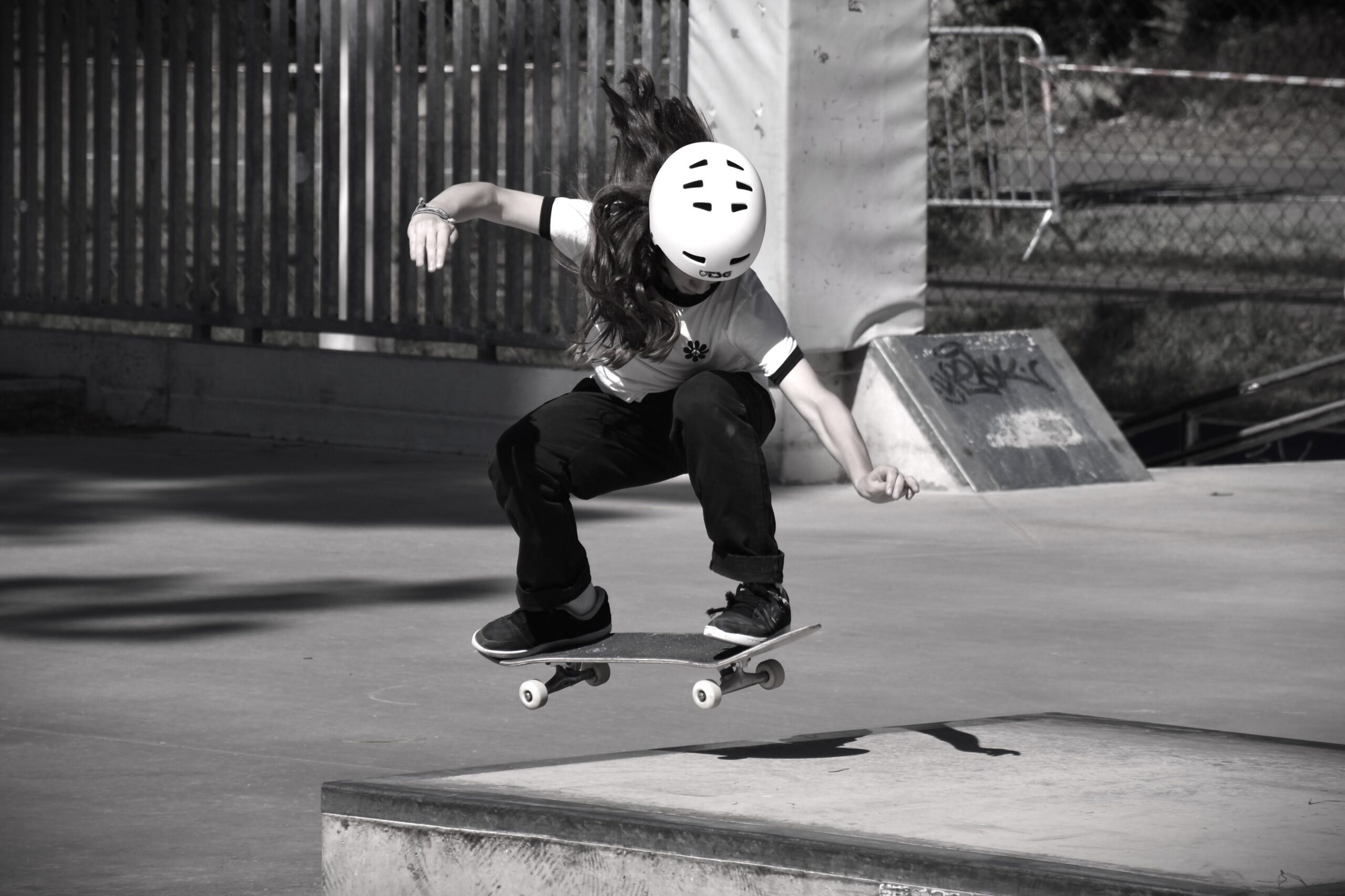
Determining the wear level of skateboard wheels
To accurately assess the wear level of your skateboard wheels, consider the following methods:
1. Visual inspection
A visual inspection is the most straightforward way to check the condition of your skateboard wheels. Take a close look at the wheels and look for signs of wear, such as chunks missing, flat spots, or cracks. If you notice any of these signs, it’s time to replace your wheels.
2. Measuring durometer hardness
Durometer hardness refers to the rating that determines the hardness of skateboard wheels. You can use a durometer tool to measure the hardness of your wheels. If the hardness falls below a certain point, it may be an indication that your wheels need to be replaced.
3. Checking for cracks or damage
Inspect your wheels for cracks or any visible damage. Even small cracks can compromise the structural integrity of the wheels and make them unsafe to ride. If you notice any cracks or suspect damage, it’s best to replace the wheels immediately.
4. Evaluating performance
Ultimately, the best way to determine if it’s time to replace your skateboard wheels is by evaluating their performance. If you notice a significant decrease in grip, traction, speed, or overall performance, it’s a clear sign that your wheels have worn out and need to be replaced.
Replacing skateboard wheels
When it’s time to replace your skateboard wheels, follow these steps:
1. Choosing the right replacement wheels
Start by choosing the right replacement wheels for your needs. Consider factors such as the diameter, hardness, and material composition that suit your riding style and preferences. Consult with your local skate shop or experienced skateboarders for recommendations if you’re unsure.
2. Removing old wheels
To remove the old wheels, use a skate tool or a wrench to unscrew the bolts holding the wheels in place. Once the bolts are removed, carefully slide the wheels off the axle. Be mindful of any spacers or washers that may be present and keep them in a safe place.
3. Installing new wheels
Take the new wheels and slide them onto the axles, ensuring they’re properly aligned. If your wheels have spacers or washers, make sure to place them in the correct position. Once the wheels are in place, screw the bolts back on and tighten them securely.
4. Breaking in new wheels
New wheels may require a breaking-in period to reach their optimal performance. Take some time to ride and get accustomed to the feel of the new wheels. Avoid pushing the wheels to their limits in the initial stages, as this can lead to premature wear.
5. Adjusting riding style
Depending on the characteristics of your new wheels, you may need to make adjustments to your riding style. For example, if you switch to harder wheels, you might need to adapt to their reduced grip and make turns more cautiously. Take some time to experiment and find your comfort zone with the new wheels.
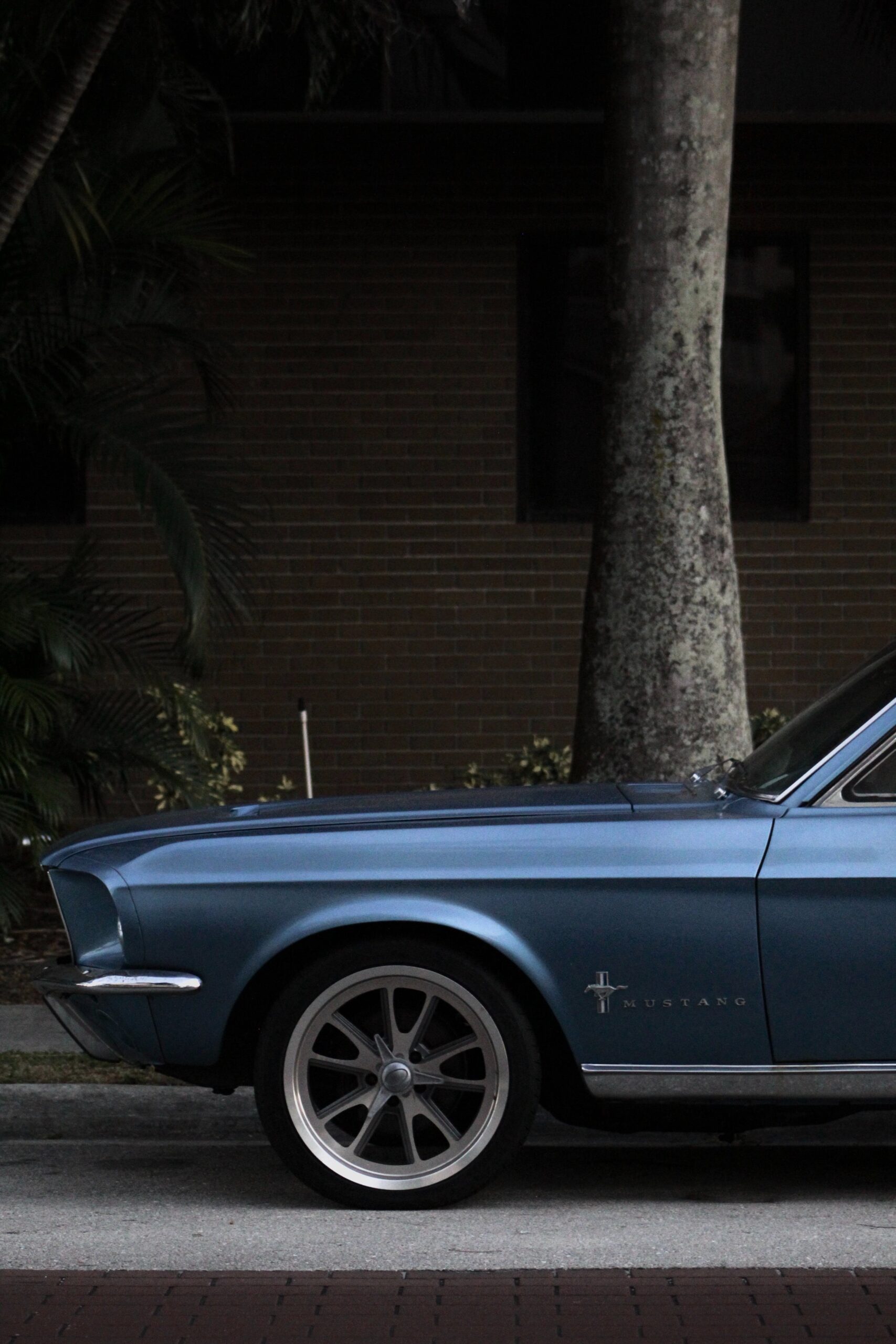
Tips to prolong skateboard wheel lifespan
To extend the lifespan of your skateboard wheels, consider the following tips:
1. Rotate wheels regularly
Rotating your wheels regularly can help distribute the wear more evenly. Switch the wheels from one side to the other or swap them between the front and back axles. This prevents excessive wear in one area and promotes a longer lifespan for all your wheels.
2. Clean and lubricate bearings
Regularly cleaning and lubricating your skateboard bearings is essential for maintaining smooth and efficient rides. Use a bearing cleaner or isopropyl alcohol to clean the bearings, then apply a lubricant specifically designed for skateboard bearings. Clean and lubricate the bearings according to the manufacturer’s instructions and avoid over-lubrication.
3. Avoid rough surfaces
As mentioned earlier, riding on rough surfaces can cause accelerated wear on your skateboard wheels. Avoiding excessively rough surfaces whenever possible can help prolong their lifespan. Seek out smooth skateparks or well-maintained areas for a more enjoyable ride.
4. Store skateboard properly
Proper storage is often overlooked but crucial for maintaining the condition of your skateboard wheels. Store your skateboard in a cool, dry place, away from excessive heat or moisture. Avoid placing heavy objects on top of your skateboard as it can deform the wheels over time.
5. Avoid excessive weight on the board
Skateboard wheels are designed to withstand a certain amount of weight, but excessive weight can lead to premature wear and decreased performance. Avoid carrying heavy objects while riding or subjecting your board to unnecessary loads that can strain the wheels.
Common misconceptions about replacing skateboard wheels
There are a few common misconceptions surrounding the replacement of skateboard wheels. Let’s address some of them:
1. The need to replace all four wheels
Contrary to popular belief, you don’t always have to replace all four wheels simultaneously. If only one or two wheels are significantly worn while the others are still in good condition, it’s perfectly acceptable to replace only the worn-out wheels. This can save you money and maximize the lifespan of your wheels.
2. Durability of different wheel materials
The durability of skateboard wheels depends on various factors, including the material composition. Harder wheels generally last longer but sacrifice some grip. Softer wheels provide better grip but wear down faster. It’s essential to find the right balance between durability and performance based on your specific riding style and preferences.
3. Frequency of replacement
There is no specific timeframe for when skateboard wheels need to be replaced. The lifespan of the wheels depends on several factors discussed earlier, including material composition, riding style, surface conditions, and maintenance. Regularly inspecting your wheels, evaluating their performance, and addressing any signs of wear or damage is key to determining when replacement is necessary.

The impact of wheel quality on skateboarding experience
The quality of skateboard wheels can have a significant impact on your overall skateboarding experience. Here’s a closer look at the key aspects affected:
1. Performance enhancements
High-quality skateboard wheels can enhance your performance on the board. Wheels with better grip and traction allow for sharper turns, improved stability, and smoother rides. Optimal performance wheels can also contribute to better execution of tricks, giving you more control and confidence.
2. Safety considerations
Skateboarding involves inherent risks, and having dependable wheels is crucial for your safety. Low-quality or worn-out wheels can compromise your balance and control, increasing the likelihood of accidents and falls. Investing in high-quality wheels that are suited to your riding style and needs can help mitigate these risks.
3. Cost implications
While high-quality skateboard wheels may come at a higher initial cost, they can offer better longevity and performance, ultimately saving you money in the long run. Cheaper, lower-quality wheels tend to wear out more quickly, resulting in frequent replacements. Investing in durable and reliable wheels can provide better value for your money.
How to choose the right skateboard wheels
Choosing the right skateboard wheels involves considering various factors that cater to your individual needs and preferences. Here’s what you should consider:
1. Wheel diameter and hardness
The diameter and hardness of the wheels are two essential factors to consider. Larger wheels provide a smoother ride and are better suited for cruising or downhill skateboarding. Smaller wheels are advantageous for street skating and performing tricks. Harder wheels are more durable but may sacrifice grip and traction. Softer wheels offer better grip but wear down faster.
2. Riding style and terrain
Your riding style and the terrain you primarily skate on should also play a role in your wheel selection. If you enjoy tricks and street skating, opt for smaller, softer wheels that provide better control and grip on rough surfaces. If you’re more into cruising or downhill riding, larger, harder wheels are preferable for a smoother and faster ride.
3. Personal preferences
Ultimately, personal preferences should guide your wheel choice. Factors such as color, brand, and aesthetics may play a role in your decision-making. Trying out different wheels and soliciting recommendations from experienced skateboarders can help you find the right combination of features that align with your preferences.
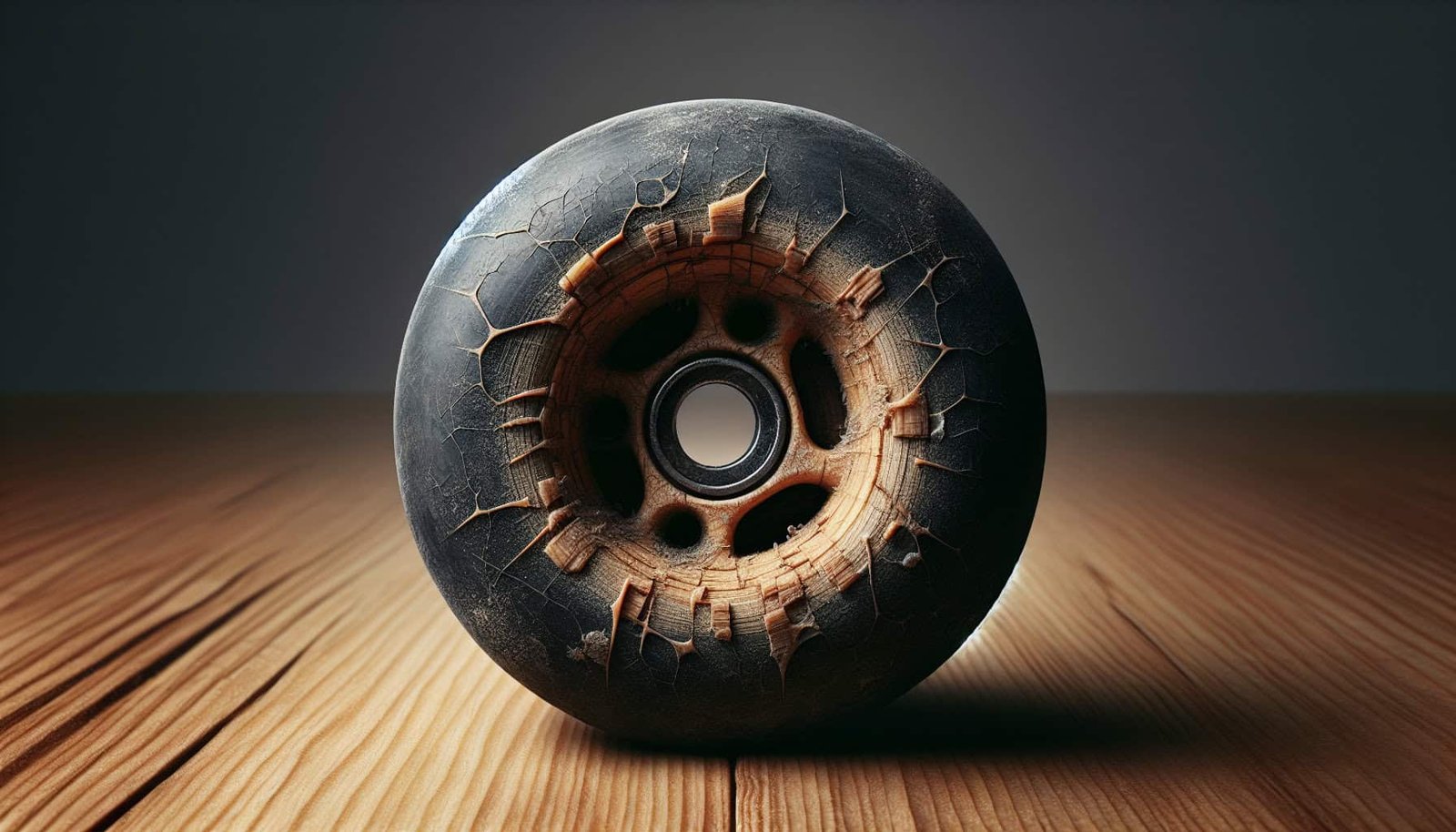
Common problems associated with worn-out skateboard wheels
Skateboard wheels that are worn-out or in poor condition can lead to several problems that can affect your riding experience and safety. Here are the most common issues associated with worn-out wheels:
1. Loss of control and stability
Worn-out wheels often result in a significant loss of control and stability. Reduced grip and traction make it difficult to make sharp turns or control the board effectively, increasing the risk of accidents and falls. Riding with compromised wheels can undermine your confidence and limit your abilities on the board.
2. Risk of accidents and falls
Wheels that have reached the end of their lifespan pose a significant risk of accidents and falls. The lack of grip, uneven wear, and reduced performance can lead to unexpected slips or trips, causing potentially serious injuries. It’s crucial to prioritize your safety by replacing worn-out wheels promptly.
3. Difficulty in executing tricks
For skateboarders who enjoy performing tricks, worn-out wheels can make it challenging to execute them with precision. Tricks often require specific levels of grip, stability, and responsiveness, which can be compromised by old or damaged wheels. Upgrading to new, high-quality wheels can enhance your trick capabilities and overall performance.
Final thoughts and recommendations
Regularly inspecting your skateboard wheels and being aware of the signs of wear is essential for maintaining both a safe and enjoyable ride. Here are some final thoughts and recommendations to keep in mind:
1. Regular wheel inspections
Make it a habit to inspect your skateboard wheels regularly. Look out for signs of wear, unevenness, or damage. The earlier you catch any issues, the easier it will be to address them and prevent any accidents or performance limitations.
2. Understanding individual riding needs
Different skateboarders have different riding styles, preferences, and needs. Consider factors such as material composition, hardness, and diameter when choosing replacement wheels. Understanding your individual requirements will help you make the right decisions and enhance your skateboarding experience.
3. Seeking expert advice
If you’re unsure about the condition of your skateboard wheels or need assistance choosing the right replacements, don’t hesitate to seek expert advice. Local skate shops and experienced skateboarders can provide valuable insights and recommendations based on their knowledge and experience.
By paying attention to the signs of wear, understanding the factors influencing wheel lifespan, and taking proactive measures to maintain and replace your skateboard wheels, you can ensure a safer and more enjoyable skateboarding experience.
